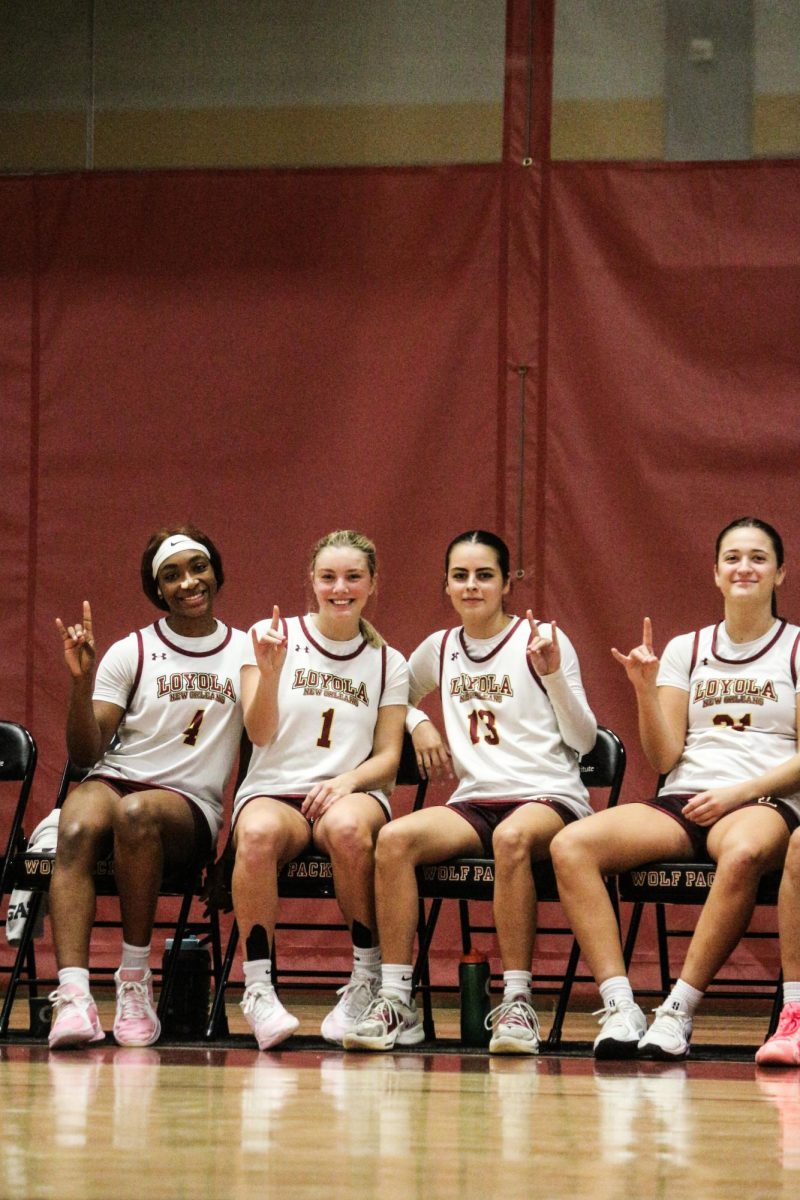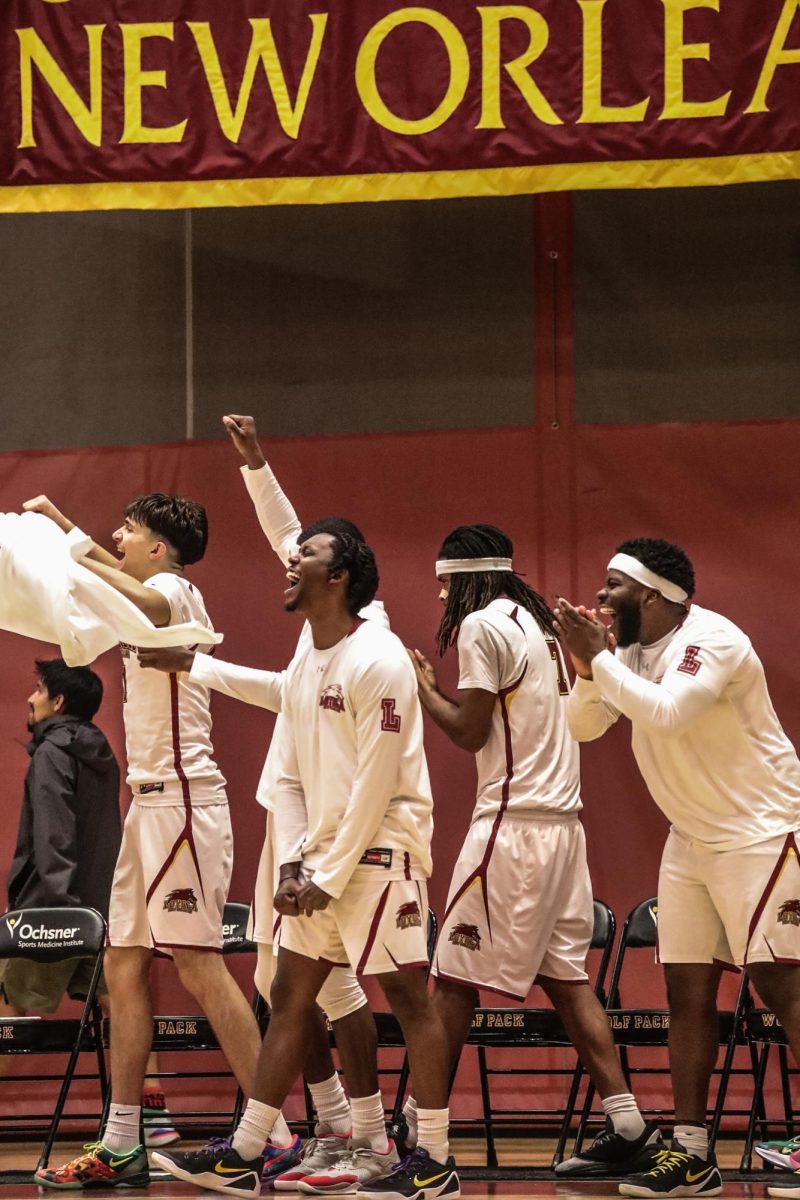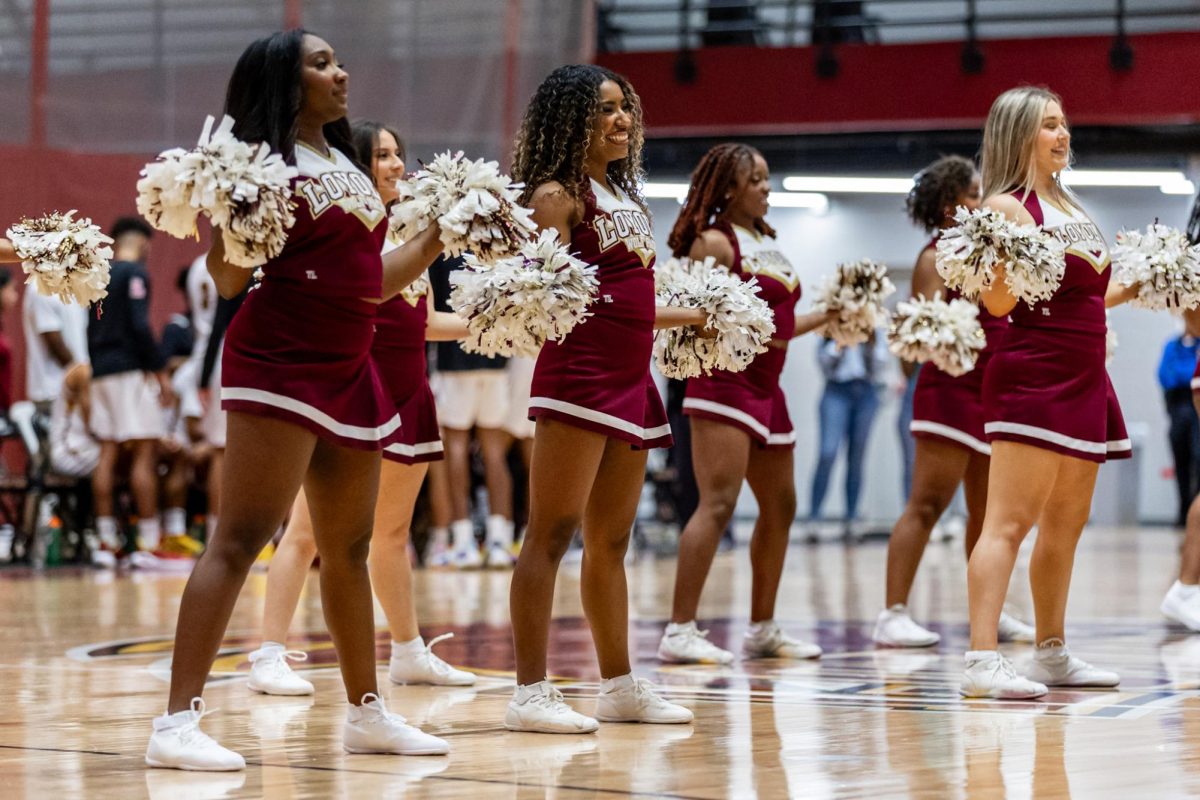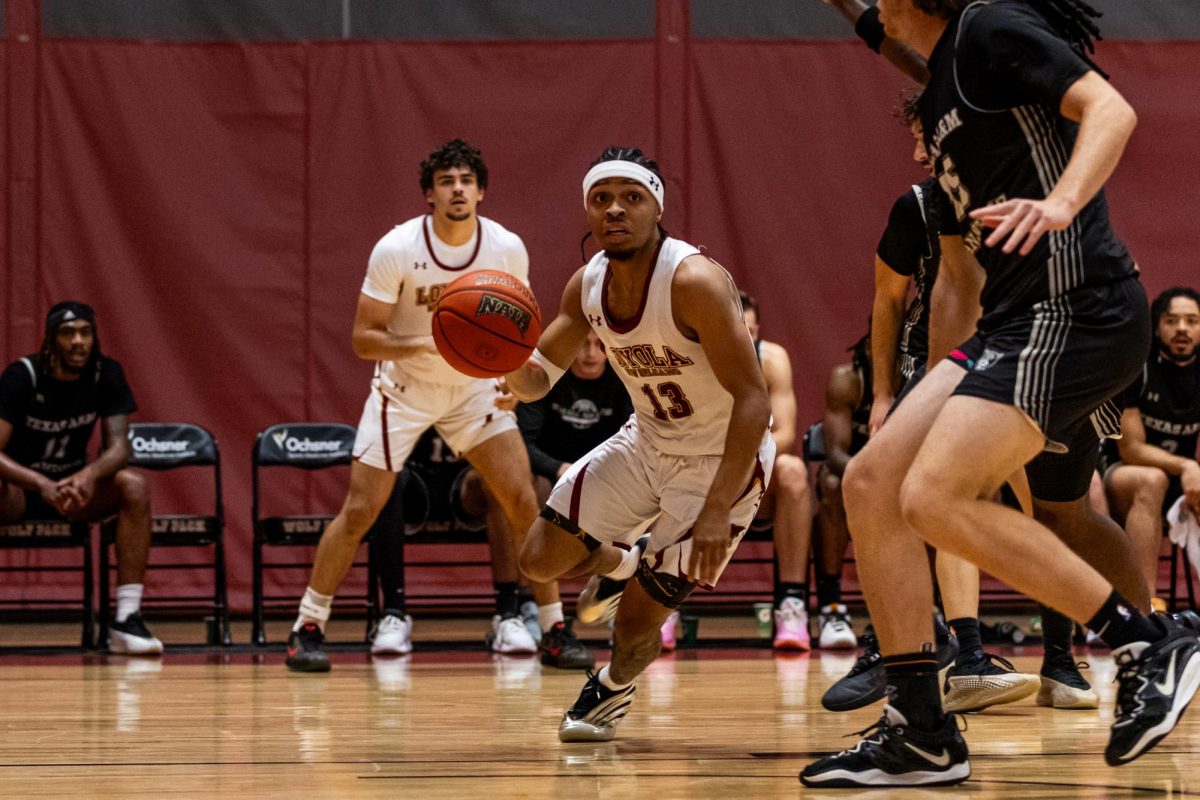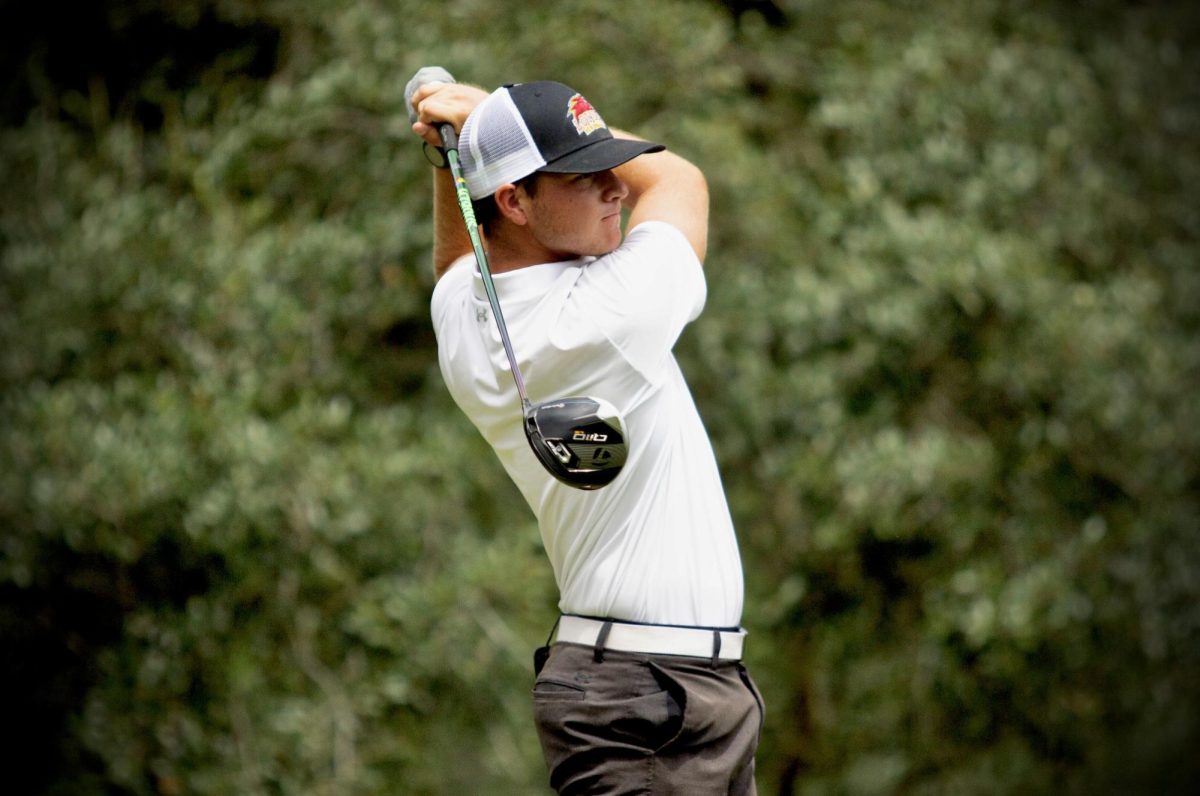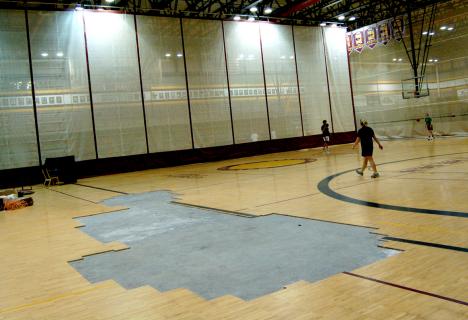
In 2005, when Hurricane Katrina struck New Orleans, it did more than just flood streets and destroy homes; it disrupted Loyola’s academics, student life, and athletics, leaving teams scattered and seasons uncertain. The trials the department had to go through, and what they lost and gained from the experience of Hurricane Katrina is reflected on by Michael Giorlando.
Michael Giorlando was the assistant director of the athletics department and the head coach of the men’s basketball team in 2005 when Hurricane Katrina hit New Orleans. He recalls the struggles that not only the basketball team went through but the whole athletics department.
“The city was devastated. The whole gulf coast to Mobile and we had four schools in the gulf coast conference: Loyola, Xavier, Southern University of New Orleans, and Dillard. When we realized school was going to be suspended for fall, we had our first conference meeting for fall in October and I made a petition to the conference and because the damage was so bad we had to re-recruit our existing team,” Giorlando said.
Many athletes faced the decision of either leaving, or coming back to play for their schools and the department had to try to make players return to their teams.
As a result, both the department and conference suffered. The coaches and the National Collegiate Athletic Association supported the Gulf Coast region universities in their attempts to get their players back.
“Not having class that fall was huge and not having the whole freshman class that year for four years,” Giorlando said.
The aftermath of Katrina made most of the athletics department at Loyola use Tulane’s sports facilities for a year. Unfortunately after Katrina the Loyola soccer program was not able to be refunded to start again.
“Unfortunately, because of the Federal Emergency Management Agency situation, women’s soccer had to go. That was a decision the athletic department and the university did not take lightly. “
We were very upset with that decision, but based on resources and finances, it was the best decision for the team,” Giorlando said.
The University Sports Complex was impacted during the time because the storm took the roof off the complex. That became the reason why Loyola used Tulane facilities for a year, while also using the greenery outside. After the storm, Giorlando expressed the impact of Katrina on the school. The second impact Katrina had on Loyola was how people were placed around the United States and who was coming back.
“Coaches and members of Loyola Athletic teams were scattered across the U.S., and at the time Loyola faced a possibility of losing intercollegiate sports that semester,” said Ramon Vargas, the sports writer for The Maroon at the time.
The storm made them realize how much they loved the school and wanted to make the school’s athletic department better. “We all made a commitment to do whatever we had to do. That meant the coaches had to think outside the box to raise money. We were more resilient than ever, and we were very proud that those student athletes came back and they all graduated,” Giorlando said.


